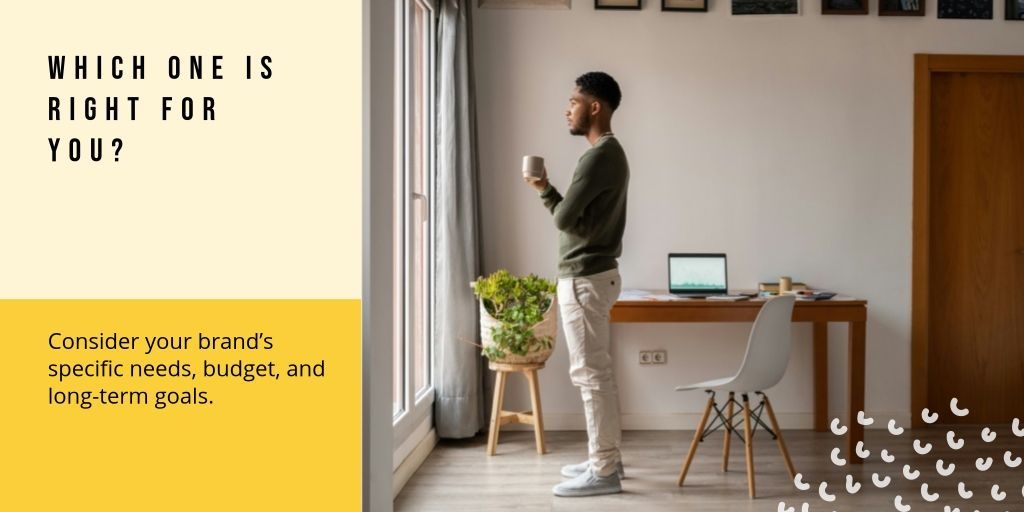Why Customers Buy
Ever wonder why you walked into a store for milk and left with a cart full of stuff you didn’t know you needed? It's because of the fascinating world of retail psychology. Let's dive into this topic and uncover a few secrets behind those impulse buys and customer loyalty.
Set the Stage for Decision Making
Anchoring Effect
Imagine you walk into a store and see a fancy blender priced at $500. A few steps down, you find another blender marked at $250. Suddenly, that $250 blender seems like a steal, right? This is the anchoring effect in action.
Smart retailers know that consumer brains latch onto the first piece of information they see (the anchor), and everything else is judged relative to that anchor. This tactic isn’t just for blenders; it’s everywhere. From the high-end coffee brands on the endcap to the deluxe burger combo at your favorite fast-food joint, anchors set the stage for your buying decisions.
Retailers, take note: strategically place your high-ticket items where they’ll be seen first. It sets a mental benchmark, making everything else look like a bargain. Who knew that a little psychological trick could turn a window shopper into a big spender?
When Good Looks Really Do Matter
Halo Effect
Ever bought a product just because it was packaged beautifully? You’re not alone. The halo effect is a cognitive bias where our overall impression of something influences our thoughts about its character or properties. If it looks good, it must be good, right?
This is why Apple products come in sleek, minimalist packaging and why those luxury chocolates are wrapped in gold foil. The product’s appearance creates an aura of quality that rubs off on its perceived value.
For brands, investing in aesthetics isn’t just about looking good; it’s about creating a positive first impression that can elevate the entire product experience. So, the next time you’re considering cutting corners on packaging, remember: customers do judge a book by its cover!
Monkey See, Monkey Buy
Social Proof
Humans are inherently social creatures. We look to others to guide our behavior, especially in uncertain situations. This is where social proof comes into play. When we see others endorsing a product, we’re more likely to trust and buy it ourselves.
Think of those customer reviews, celebrity endorsements, and those nifty little “Best Seller” badges on Amazon. They all serve one purpose: to reassure you that others have made the same decision, and it worked out just fine for them.
Businesses can leverage social proof by showcasing testimonials, user-generated content, and influencer partnerships. Seeing that others, especially those we admire, have made a purchase gives us the nudge we need to follow suit. Remember, nobody wants to be the lone ranger making a questionable buying decision!
Final Thought
Retail psychology is like the secret sauce that makes your favorite dish irresistible. Understanding these insights can transform how businesses approach their merchandising strategy, making the shopping experience not just effective but magnetic. Whether it's anchoring prices, crafting beautiful packaging, or leveraging social proof, these strategies tap into our basic psychological tendencies, driving sales and building loyalty.
So next time you wonder why your cart is fuller than expected, give a nod to the clever marketer who understood the world of retail psychology. And if you’re a brand looking to boost your sales, remember: a little psychological know-how goes a long way.
If you think you’re making completely rational buying decisions, think again! The mind is a fascinating playground where retailers love to play. Reach out if you're ready to join the game.
Let's connect


Comparing Hiring a Fractional CMO to Hiring an Agency: What's Best for Your Food and Beverage Brand?

